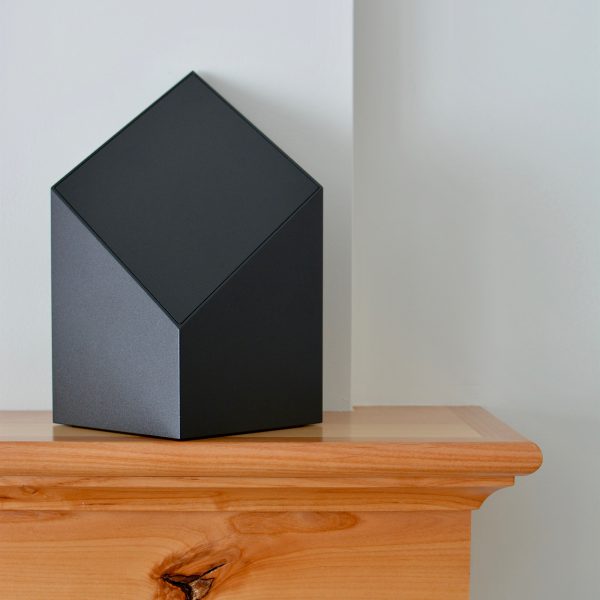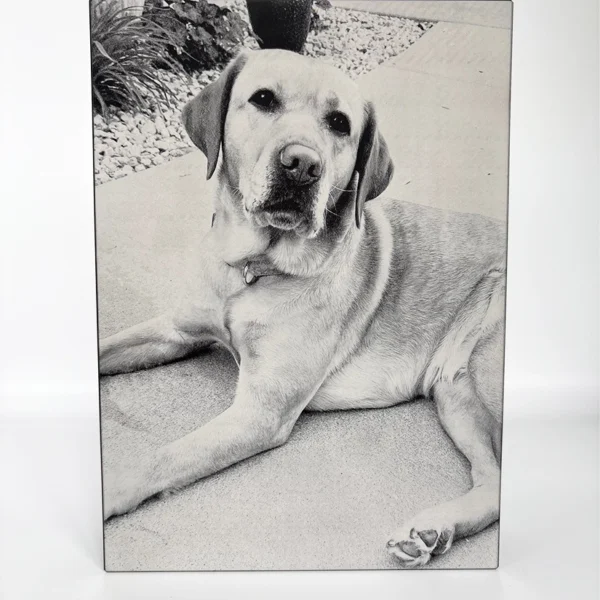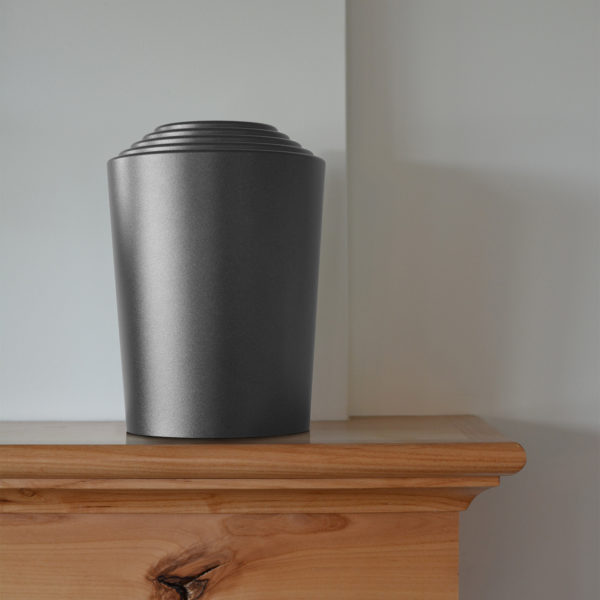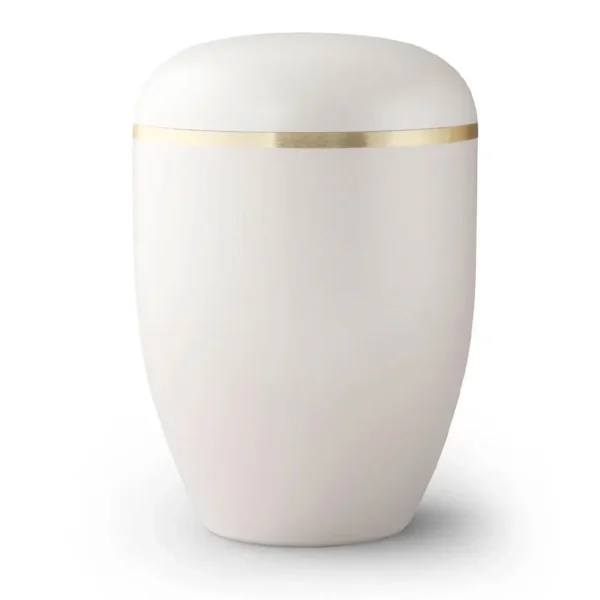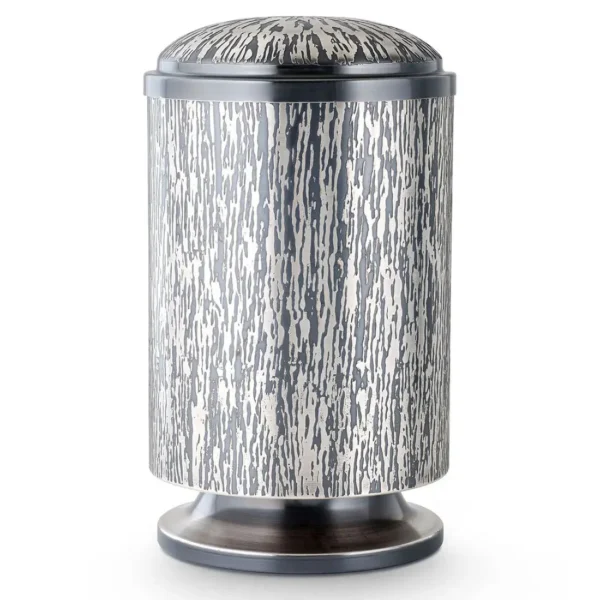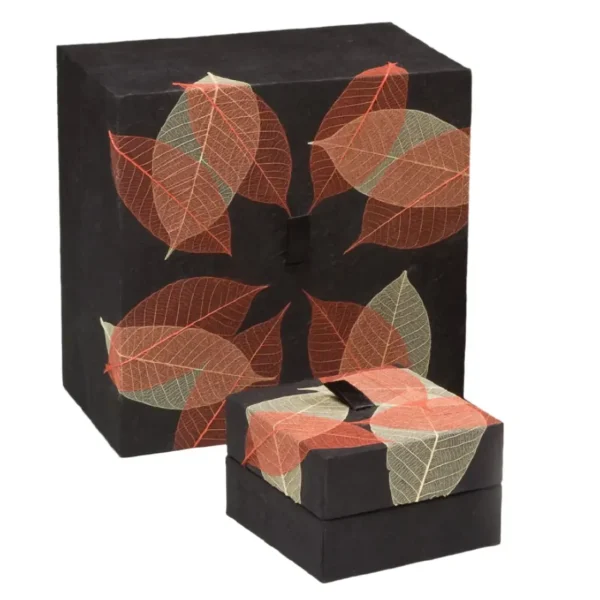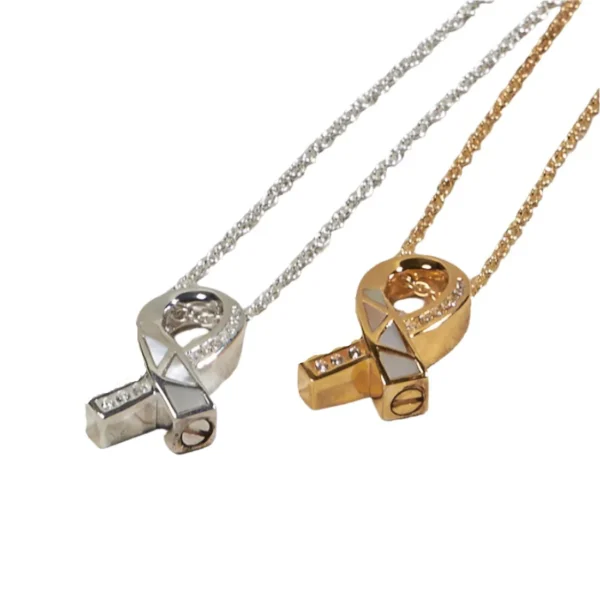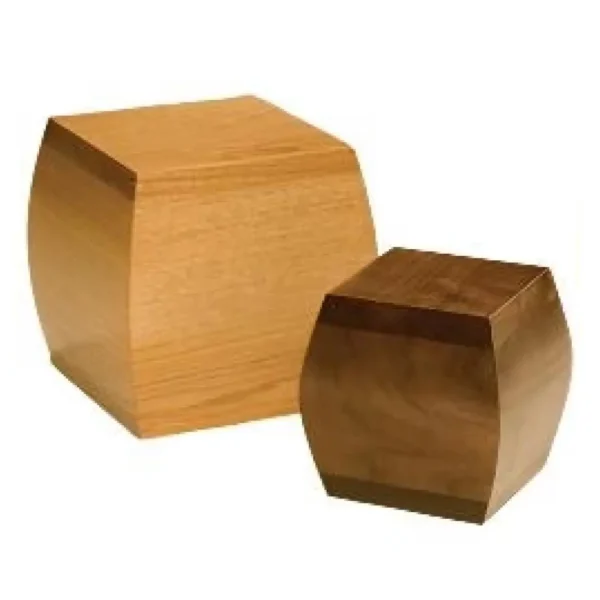Attending a funeral is a significant way to show respect and offer support to the grieving family. Whether you’re familiar with what to do at a funeral, knowing proper funeral etiquette can make a big difference in honoring the memory of the departed. This guide will walk you through the essentials of funeral etiquette, ensuring you are well-prepared to navigate this solemn occasion with grace and dignity.
Proper Funeral Etiquette
First off, understanding appropriate behavior at a funeral and knowing what to say is crucial to ensuring that you pay your respects in a way that is both considerate and supportive. Funeral services are often deeply emotional events, and maintaining a well-mannered demeanor helps create an atmosphere of reverence for those mourning their loss. Here are a couple key guidelines to follow to make sure your presence is comforting and thoughtful.

- Arrive Early: Aim to arrive 10-15 minutes before the service starts. This allows you to find a seat quietly and avoid disrupting the ceremony.
- Offer Condolences: Express your sympathy to the family briefly and sincerely. A simple “I’m sorry for your loss” is sufficient.
- Honor the Atmosphere: Maintain a quiet and considerate demeanor throughout the service. Turn off or silence your phone to avoid any interruptions.
- Participate Appropriately: Follow the lead of others in attendance, whether it involves standing, sitting, or participating in prayers or hymns.
- Limit Conversation: Save socializing for after the service. Conversations should be quiet and kept to a minimum if they occur at all during the ceremony.
What Not to Do at a Funeral
While it’s essential to know what is expected of you at a funeral, it is also equally important to understand what should be avoided. For instance, while certain actions might not seem intentionally discourteous, they can disrupt the solemnity of the event or cause additional distress to the bereaved family. Therefore, being mindful of these potential missteps can ensure your conduct remains respectful.

- Avoid Distractions: Do not use your phone or any electronic device during the service.
- Refrain from Taking Photos: Do not take any photos or videos, especially without permission, as this can come off as insensitive.
- Don’t Overstay Your Welcome: Pay your respects, but don’t linger too long, especially if the family is receiving many guests.
- Avoid Strong Perfumes or Scents: Be considerate of those who may have allergies or sensitivities.
- Do Not Bring Uninvited Guests: Only bring those who were invited or are expected.
Proper Funeral Attire
In addition to knowing what to do at a funeral, choosing the right attire is a way to show respect for the deceased and their family. Funeral dress codes are generally conservative, aiming to reflect the somber nature of the occasion. By selecting your outfit carefully, you can convey your condolences simply through your appearance, without needing to say anything. In other words, here is how to dress properly for a funeral.

- Dress Conservatively: Opt for dark, muted colors like black, navy, or gray. Bright colors and flashy accessories should be avoided, unless specifically requested by the family
- Formal Clothing: Men should wear a suit or a dress shirt with slacks. Women should wear a conservative dress, skirt, or pantsuit.
- Comfortable but Civil: Ensure your clothing is comfortable enough for potentially long services, but still civil in appearance.
- Minimal Accessories: Keep jewelry and accessories simple and understated.
Above all, avoid wearing casual, bright, or revealing clothes such as graphic tees, shorts, flip-flops, tube tops, mini-skirts, or outfits with inappropriate language or imagery.
What is Appropriate to Bring to a Funeral
Bringing a well-thought-out item to a funeral can be a meaningful way to show your support and sympathy, and it is also an integral part of funeral etiquette. These items can range from traditional gestures like flowers to more personal touches that can provide comfort to the grieving family. Specifically, we’ve included ten suggestions for items you can bring to a funeral, helping to express your condolences in a helpful way.

- Sympathy Card: A simple heartfelt note expressing your condolences will do just fine.
- Flowers: A traditional and dignified offering, unless the family has requested otherwise.
- Food: Bringing a dish for the family can be very thoughtful, especially if they are hosting a memorial or gathering afterward.
- Memorial Donation: Some families prefer donations to a charity in lieu of flowers. Check the obituary or family’s wishes.
- Photo or Memento: If appropriate, bring a photo or small keepsake that reminds you of the deceased.
- Handkerchiefs or Tissues: Always useful and appreciated.
- A Book or Poem: Find a book or passage that will bring peace or wisdom to the grieving family.
- A Helping Hand: Offer to help with setup, greeting guests, or other tasks.
- A Memory: Be prepared to share a fond memory of the deceased if there’s an opportunity, make sure it is heartfelt, positive and light.
- Your Presence: Sometimes, just being there is the most important thing you can bring.
In conclusion, funeral etiquette asks for a blend of empathy, courtesy, and understanding. By adhering to these guidelines, you can ensure that your presence is a source of comfort and support to the deceased. Remember, your actions and words during this time have a lasting impact on those who are mourning, making it essential to approach the occasion with sensitivity and care.

